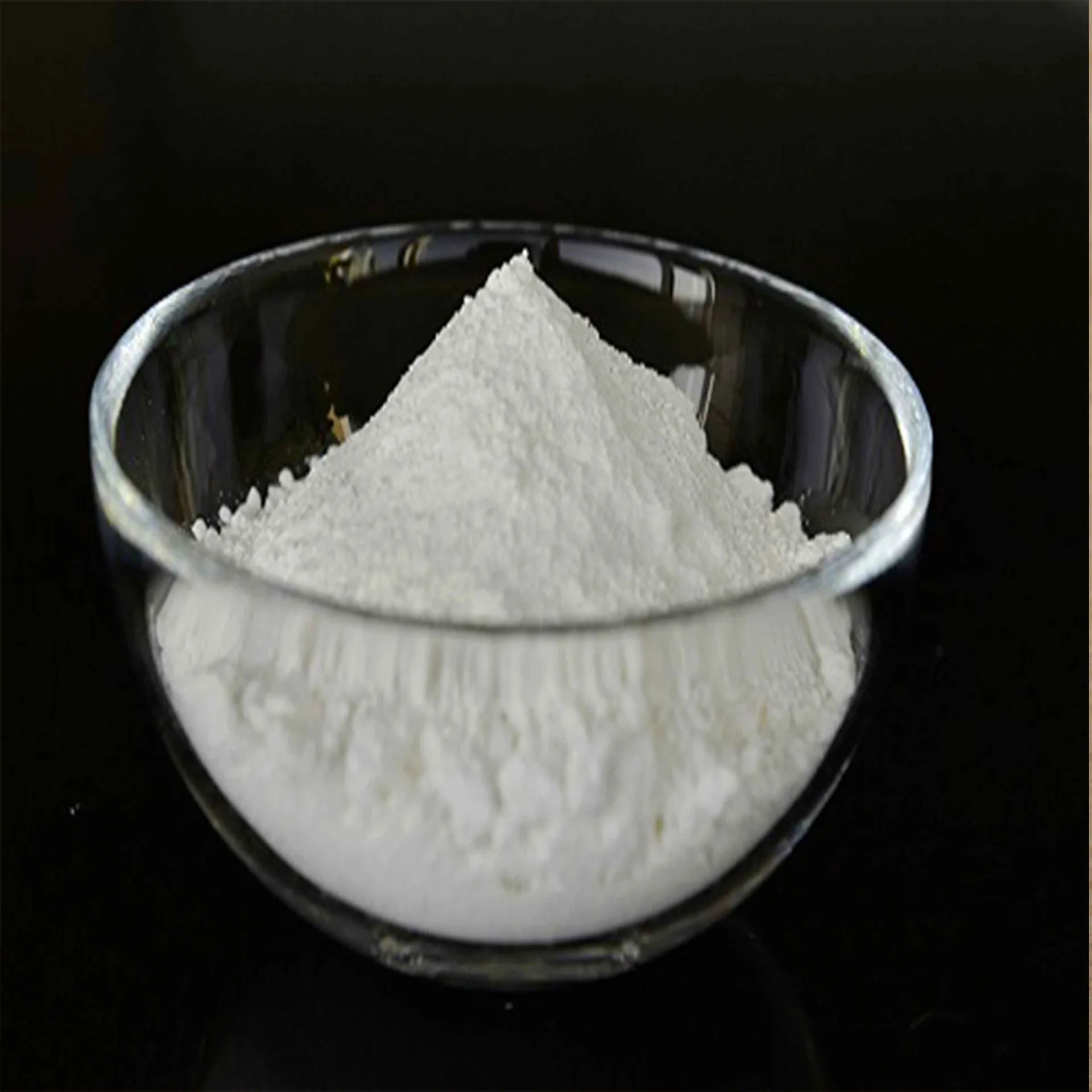
iul. . 04, 2025 11:03 Înapoi la listă
Hidden Techniques for Improving Ink Adhesion with Titanium Dioxide
Dioxid de titan (TiO₂) is a critical component in the printing and coating industries due to its exceptional opacity, brightness, and chemical stability. Whether in the form of titanium dioxide powder or a pre-dispersed titanium dioxide pigment, this compound enhances ink performance by improving adhesion, color consistency, and durability. However, achieving optimal ink adhesion—especially on challenging substrates like plastics, metals, and coated papers—requires specialized techniques.

Understanding the Science Behind Titanium Dioxide and Ink Adhesion
Ink adhesion depends on multiple factors, including surface energy, chemical compatibility, and mechanical bonding. Titanium dioxide pigment plays a dual role: it provides opacity and brightness while also influencing the ink’s interaction with the substrate. The high refractive index of TiO₂ ensures excellent coverage, reducing the need for multiple ink layers. However, improper dispersion or surface treatment can lead to poor adhesion, resulting in peeling or flaking.
One hidden technique involves modifying the titanium dioxide coating with silane or zirconium-based coupling agents. These treatments enhance the pigment’s compatibility with various ink resins, promoting stronger chemical bonds between the ink and substrate. Additionally, selecting the right crystalline form (rutile vs. anatase) from a trusted titanium dioxide manufacturer can significantly impact adhesion, as rutile TiO₂ offers better dispersion stability and UV resistance.
Optimizing Titanium Dioxide Dispersion for Superior Ink Adhesion
A common challenge in ink formulation is achieving uniform dispersion of titanium dioxide powder within the ink vehicle. Agglomeration of TiO₂ particles can create weak spots where adhesion fails. Advanced milling techniques, such as bead milling or high-pressure homogenization, break down particle clusters, ensuring a smooth and consistent ink film.
Another lesser-known method involves pre-treating the titanium dioxide pigment with polymeric dispersants. These additives prevent re-agglomeration during storage and application, maintaining optimal particle distribution. Furthermore, adjusting the pH of the ink system can improve TiO₂ stability—slightly alkaline conditions often enhance dispersion and adhesion, particularly in water-based inks.
Dioxid de titan Surface Modification: The Secret to Stronger Ink Bonding
Beyond dispersion, surface modification of titanium dioxide color particles can dramatically improve ink adhesion. Some titanium dioxide manufacturers apply hydrophobic or hydrophilic coatings to TiO₂, depending on the ink system. For instance:
Hydrophobic TiO₂ works best in solvent-based inks, improving compatibility with non-polar resins.
Hydrophilic TiO₂ is ideal for water-based inks, ensuring stable dispersion and strong substrate wetting.
Additionally, plasma treatment of titanium dioxide coating can introduce functional groups (e.g., carboxyl or hydroxyl) that chemically bond with ink resins, creating a more durable print layer. This technique is particularly useful for specialty inks used in packaging and industrial applications.
Dioxid de titan: The Impact of Particle Size and Morphology on Ink Performance
The physical characteristics of titanium dioxide powder—such as particle size, shape, and surface area—play a crucial role in ink adhesion. Finer TiO₂ particles (nanoscale) provide smoother ink films with better substrate contact, reducing the risk of delamination. However, excessively small particles may increase viscosity, requiring adjustments in ink formulation.
Some titanium dioxide pigment suppliers offer engineered grades with controlled particle morphology, such as spherical or platelet-shaped TiO₂. These specialized forms enhance ink laydown and adhesion by improving packing density and reducing interstitial voids in the dried ink film.
Advanced Binders and Resins: Maximizing Adhesion with Titanium Dioxide
While TiO₂ contributes to opacity and UV resistance, the choice of ink binder is equally critical for adhesion. Acrylics, polyurethanes, and epoxy resins are commonly used, but their compatibility with titanium dioxide color must be optimized. One hidden technique involves using hybrid resin systems that chemically interact with TiO₂ surface treatments.
For example, a titanium dioxide manufacturer may recommend pairing TiO₂ with a polyurethane-acrylate hybrid binder for flexible packaging inks. This combination ensures strong adhesion to polyethylene films while maintaining flexibility and scratch resistance. Reactive diluents can also be incorporated to enhance crosslinking between TiO₂ particles and the ink matrix.
Next-Generation Titanium Dioxide for Ink Applications
Research is ongoing to develop smarter titanium dioxide pigment solutions for ink adhesion. Some emerging trends include:
Photocatalytic TiO₂ coatings that improve ink bonding through UV-activated surface reactions.
Bio-based surface treatments for eco-friendly ink formulations.
Smart inks where TiO₂ responds to environmental stimuli (e.g., temperature or humidity) to enhance adhesion dynamically.
As sustainability becomes a priority, titanium dioxide manufacturers are also exploring low-energy production methods and recyclable TiO₂ grades.
Mastering Ink Adhesion with Titanium Dioxide
Improving ink adhesion with titanium dioxide powder requires a combination of advanced dispersion techniques, surface modifications, and optimized resin systems. By leveraging hidden strategies—such as coupling agents, plasma treatments, and hybrid binders—printers and ink formulators can achieve superior adhesion on even the most challenging substrates. Partnering with a knowledgeable titanium dioxide manufacturer ensures access to high-performance pigments tailored for specific ink applications.
As the industry evolves, innovations in titanium dioxide color and coating technologies will continue to unlock new possibilities for durable, high-quality printing solutions. Whether for packaging, textiles, or industrial markings, TiO₂ remains an indispensable tool for achieving long-lasting ink adhesion.
-
Using Titanium Dioxide to Reduce the Discoloration Rate of Rubber Products
ȘtiriJul.04,2025
-
The Influence of Titanium Dioxide on the Printability of Paper
ȘtiriJul.04,2025
-
The Environmental Impact of Using Titanium Dioxide in Paper Production
ȘtiriJul.04,2025
-
The Dual Function of Filling and Coloring with Titanium Dioxide in Rubber
ȘtiriJul.04,2025
-
Hidden Techniques for Improving Ink Adhesion with Titanium Dioxide
ȘtiriJul.04,2025
-
Comparison of the Application of Titanium Dioxide in Flexographic and Gravure Printing Inks
ȘtiriJul.04,2025
